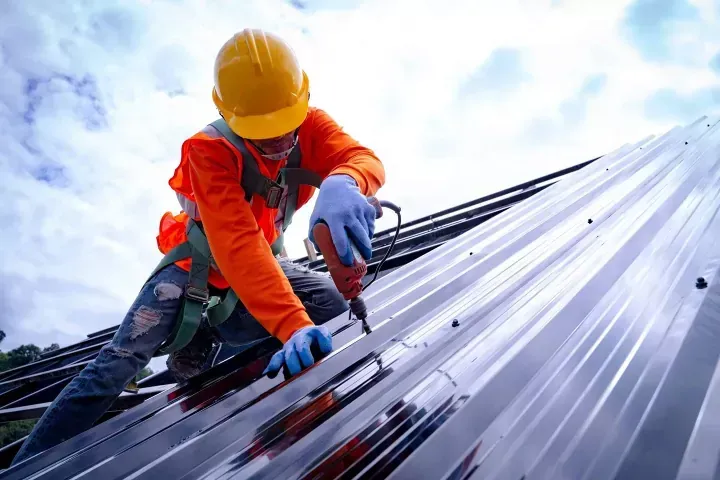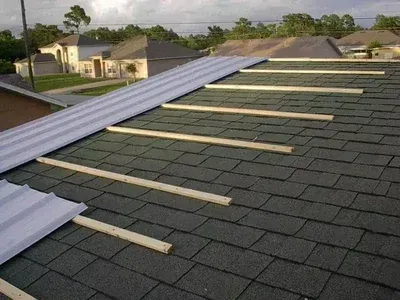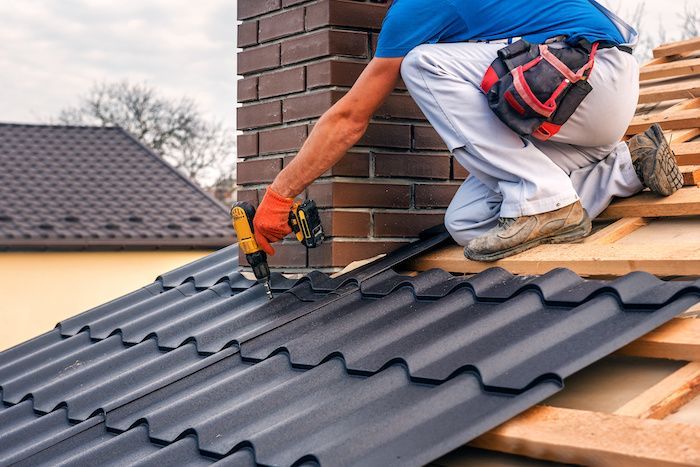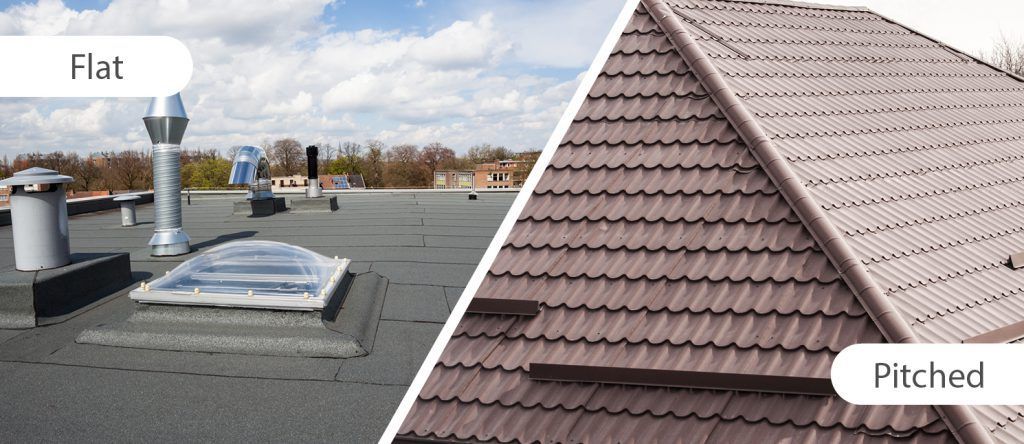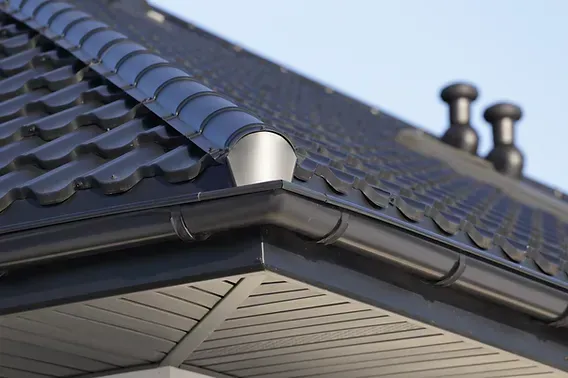What Are the Signs My Roof Needs Immediate Repair?
Your roof is your home’s first line of defense against the elements, but like any other part of your house, it has a lifespan and can face issues that demand attention. Ignoring roof problems can lead to costly damage, structural issues, or even safety hazards. So, how do you know when it’s time to act?
Signs of Roof Damage That Require Urgent Attention
When it comes to your roof, some problems can wait, but others need immediate attention. Here are the most common warning signs:
1. Roof Leaks and Water Damage

A leaking roof is one of the most obvious signs of trouble. Whether you notice water stains on your ceilings, damp walls, or even active drips during a storm, water intrusion is a red flag that your roof's protective barrier has been compromised.
Ignoring leaks can lead to:
- Mold and mildew growth.
- Damage to insulation and drywall.
- Structural weakening of wooden frames.
2. Shingle Deterioration and Missing Shingles
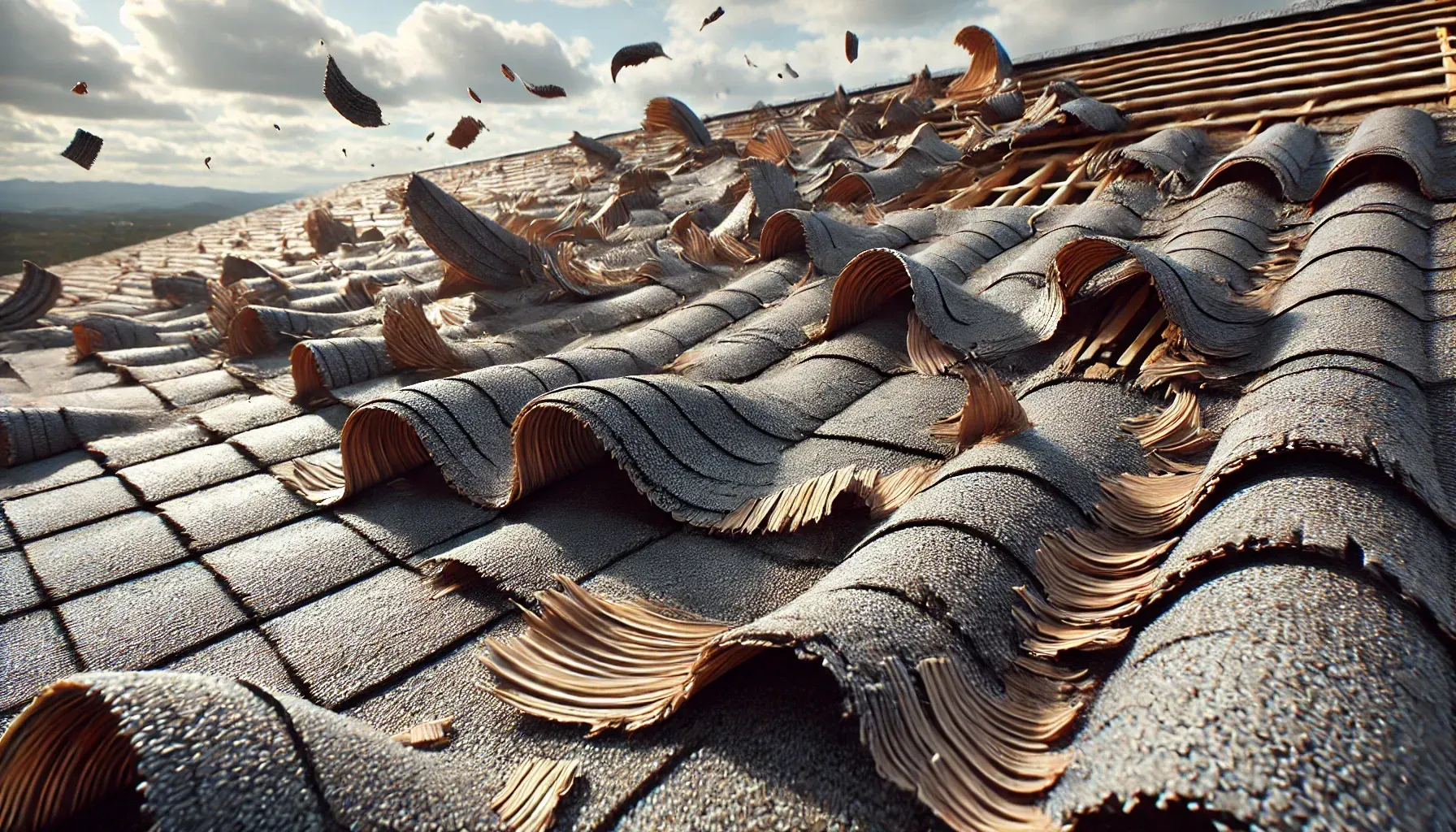
Inspecting your roof for missing, curled, or cracked shingles can reveal issues. Shingles are your roof’s armor, and when they’re damaged, the entire structure becomes vulnerable to the elements.
Common causes of shingle damage include:
- High winds.
- Hailstorms.
- UV exposure over time.
If left unrepaired, these issues can escalate into widespread damage, requiring extensive repairs or even
roof replacement.
3. Sagging Rooflines
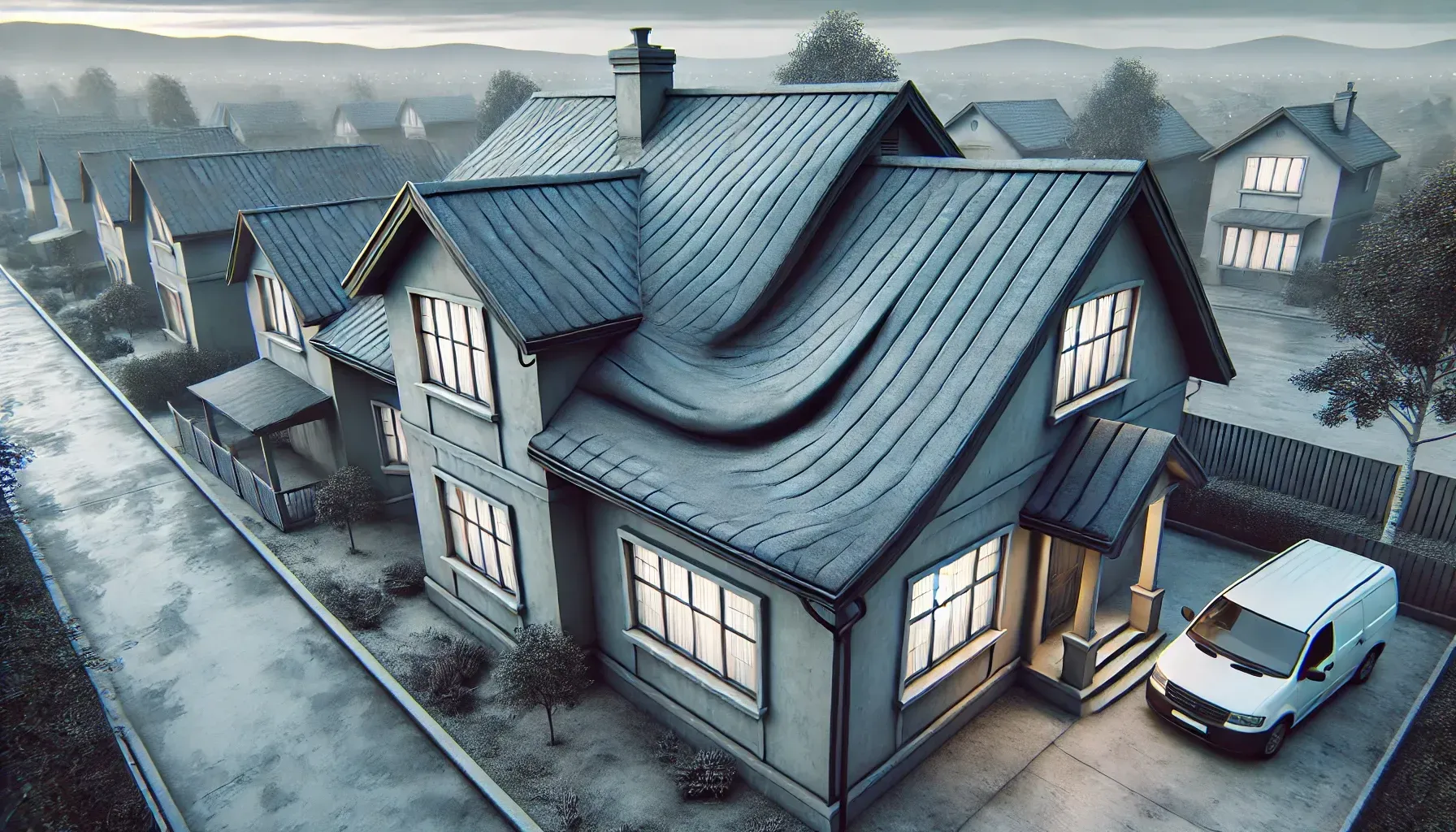
A sagging roofline indicates potential structural damage, often caused by:
- Excessive moisture absorption.
- Poor structural support.
- Heavy snow or ice buildup.
This issue can quickly become catastrophic if not addressed, potentially leading to a roof collapse. Immediate professional inspection is crucial.
4. Flashing Issues and Gutter Blockages
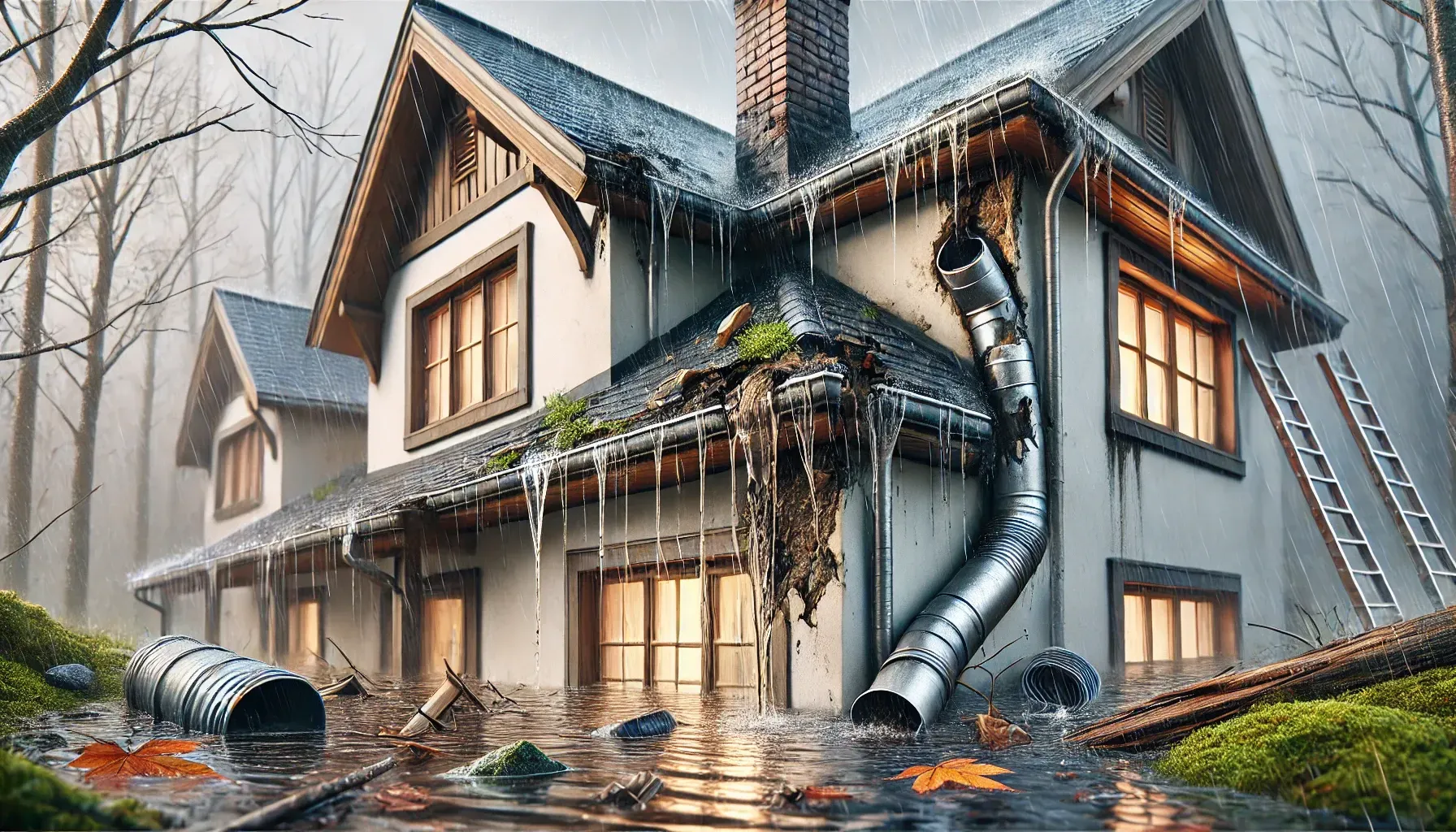
The flashing around chimneys, vents, and skylights ensures water doesn’t seep into joints. Damaged flashing or clogged gutters can redirect water into areas it shouldn’t go.
Warning signs include:
- Loose or missing flashing.
- Overflowing gutters.
- Water pooling around your home’s foundation.
5. Mold and Mildew Caused by Roof Damage
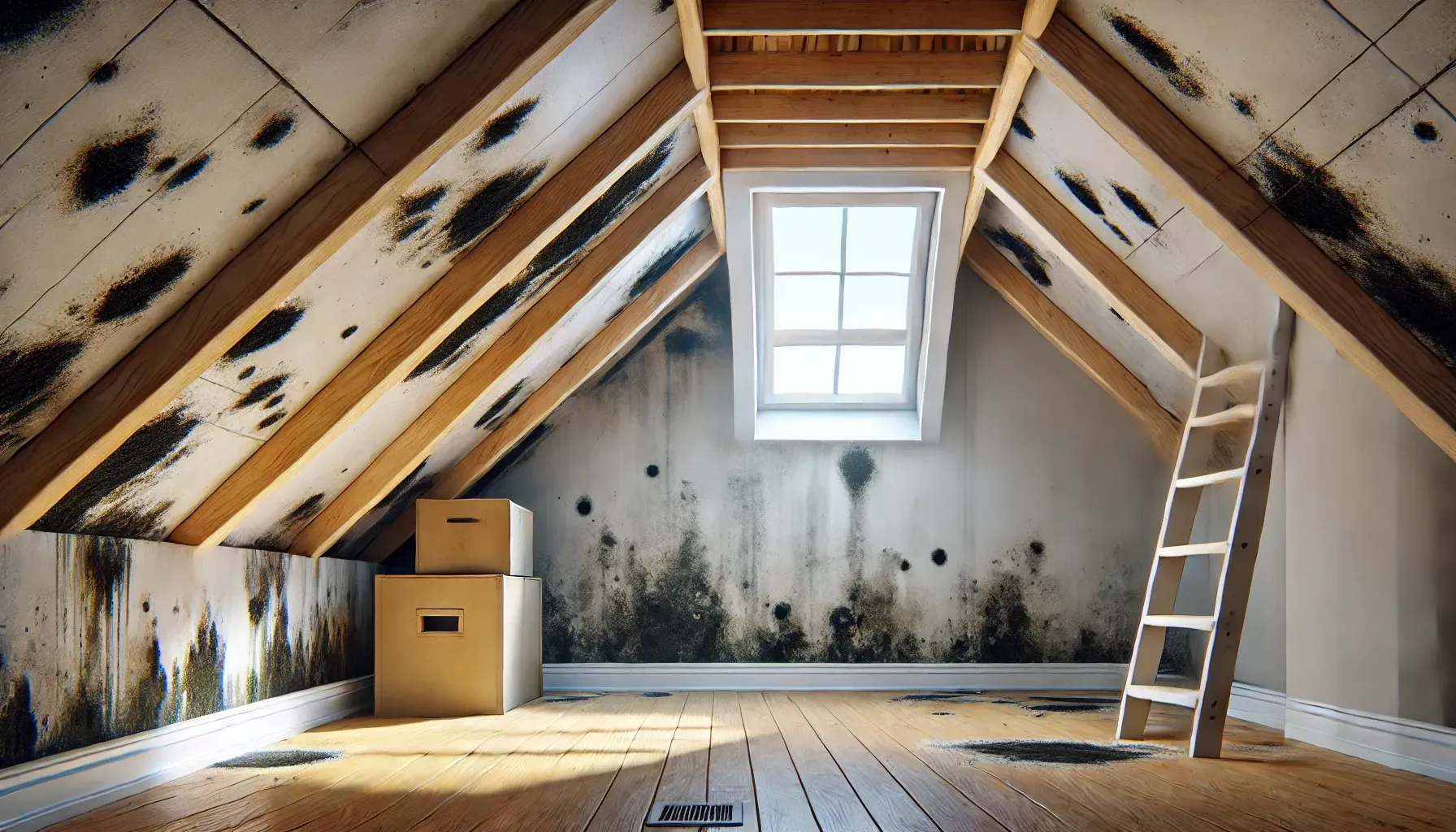
Mold or mildew around your ceilings, attic, or walls can signal prolonged roof leaks. Not only does this pose health risks, but it also indicates your roof is no longer weatherproof.
How to Detect Roof Damage After a Storm

Storms are one of the leading causes of roof damage. After severe weather, look out for:
- Debris on the roof.
- Dents from hail.
- Dislodged shingles.
- Water leaks inside your home.
Understanding the
Common Causes of Roof Leaks can help you pinpoint vulnerabilities and address potential problems early. Even if your roof looks intact, a professional inspection is wise. Some
storm damage isn’t visible to the untrained eye but can weaken your roof’s integrity over time.
Why You Shouldn’t Ignore Roof Repair Warning Signs
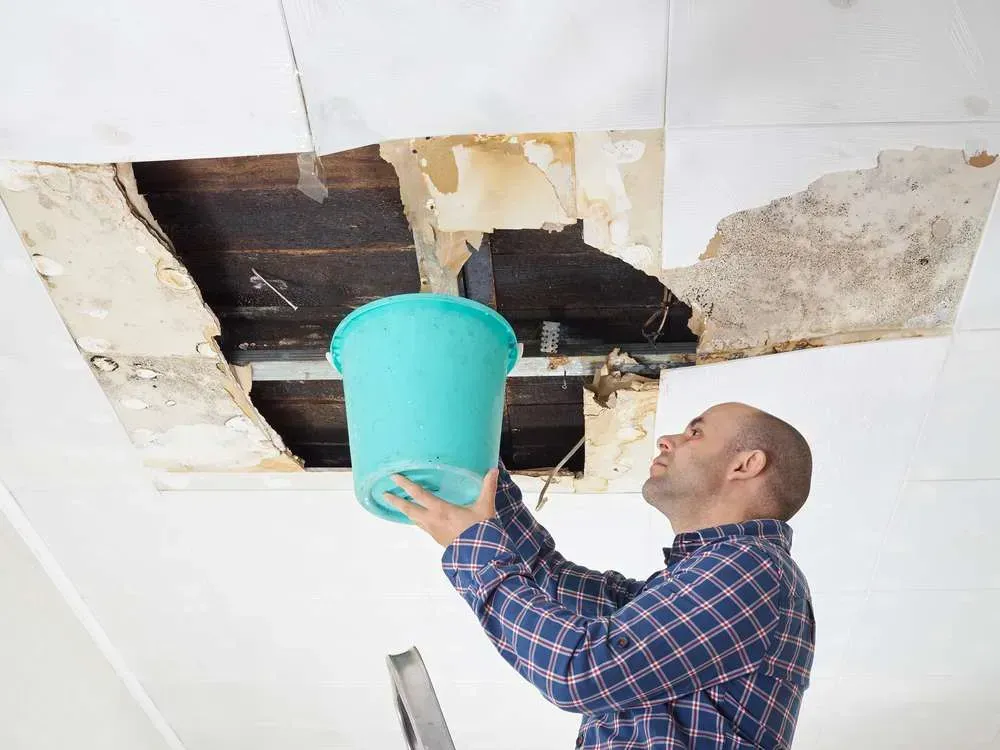
Delaying roof repairs might seem tempting, but it often results in greater costs down the road. Here’s why you should act quickly:
- Escalating Damage: Small problems, such as a missing shingle, can lead to leaks, rot, and structural issues.
- Health Risks: Mold growth from prolonged leaks can trigger allergies and respiratory problems.
- Increased Costs: Emergency repairs or complete replacements cost significantly more than early intervention.
When to Call a Roofing Contractor

Certain signs demand immediate professional help:
- Sudden and significant leaks.
- Visible structural damage.
- Unexplained increase in energy bills (suggesting poor insulation from roof issues).
Hiring a roofing contractor ensures the problem is properly diagnosed and resolved. Attempting DIY repairs can be dangerous and may void warranties.
Roof Maintenance and Inspection Tips
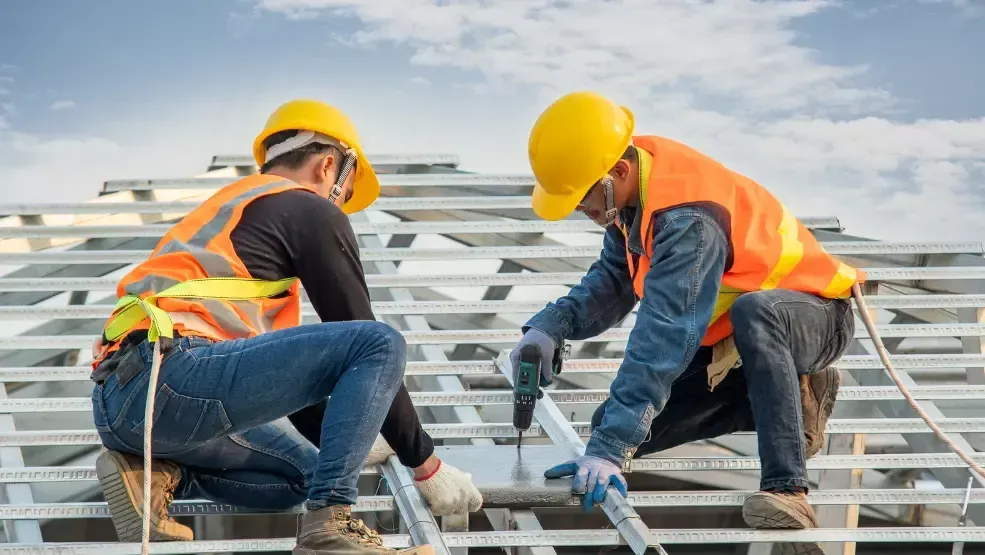
Prevention is always better than cure. Regular maintenance and inspections can extend your roof’s lifespan and prevent emergencies. Here’s how:
- Inspect Twice Annually: Check for visible issues in the spring and fall.
- Clear Debris: Keep gutters and roof surfaces free of leaves and other debris.
- Address Minor Repairs Promptly: Fix loose shingles or small leaks before they escalate.
Common Roof Problems Homeowners Face

Many roof problems stem from wear and tear, poor installation, or harsh weather conditions. Here are the most common issues:
- Cracked flashing: Often due to improper installation or aging materials.
- Pooling water: Flat roofs are particularly vulnerable to water accumulation.
- Ice dams: Freezing water can damage shingles and create leaks.
- Insufficient airflow: Poor ventilation can lead to mold, moisture buildup, and heat damage in the attic. Learn more about identifying Roof Ventilation Warning Signs to address these problems before they escalate.
Risks of Delaying Roof Repairs
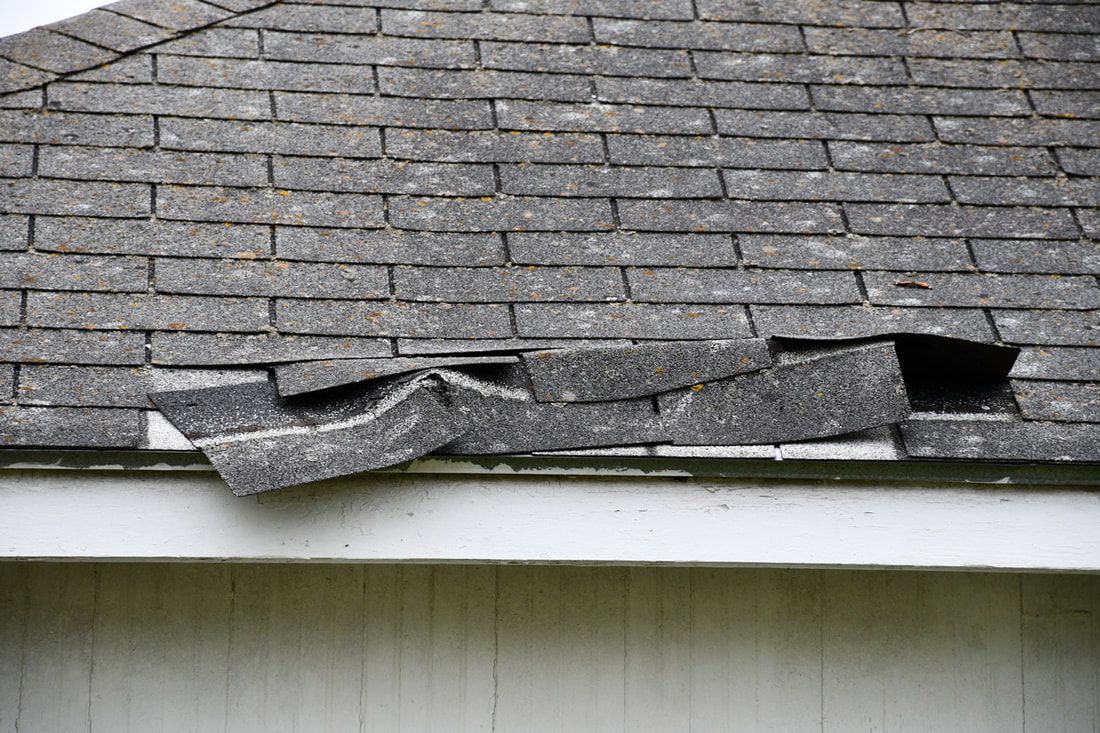
Postponing roof repairs can lead to:
- Higher costs: Extensive damage often means a complete roof replacement.
- Home value depreciation: A damaged roof reduces your property’s market value.
- Insurance complications: Failure to maintain your roof could void insurance claims for related damage.
How to Spot Signs Your Roof Might Collapse
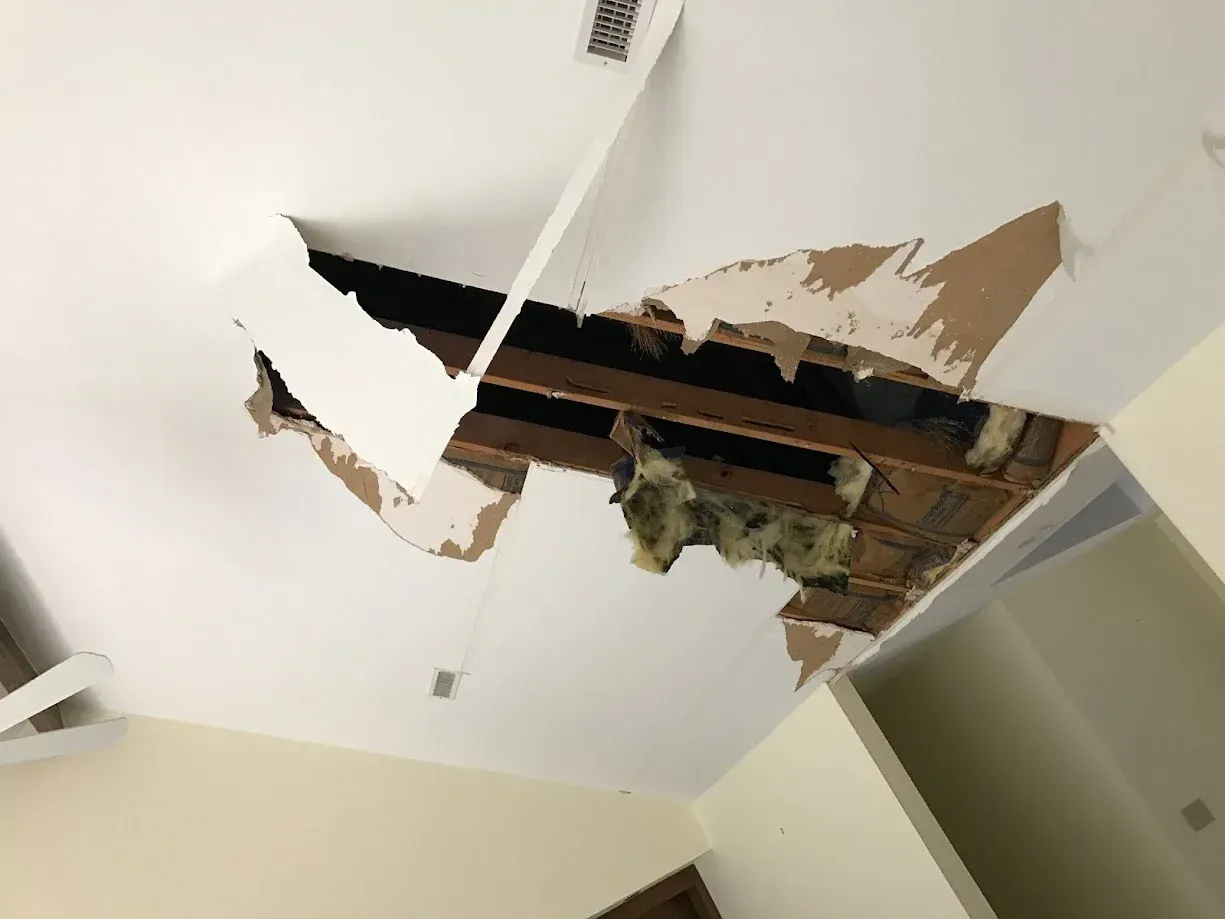
A roof collapse is a worst-case scenario. Watch for these red flags:
- Sagging sections: Especially in areas with visible water damage.
- Excessive creaking: Unusual sounds can indicate stress on the structure.
- Bulging walls: These can signal shifting weight due to roof instability.
If you notice these signs, evacuate the area and contact a professional immediately.
Conclusion:
Knowing
what are the signs your roof needs immediate repair can save you from expensive and dangerous consequences. Regular inspections, prompt repairs, and professional advice are your best defenses against roof damage. If you suspect issues, don’t wait—your home’s safety and value depend on it.

